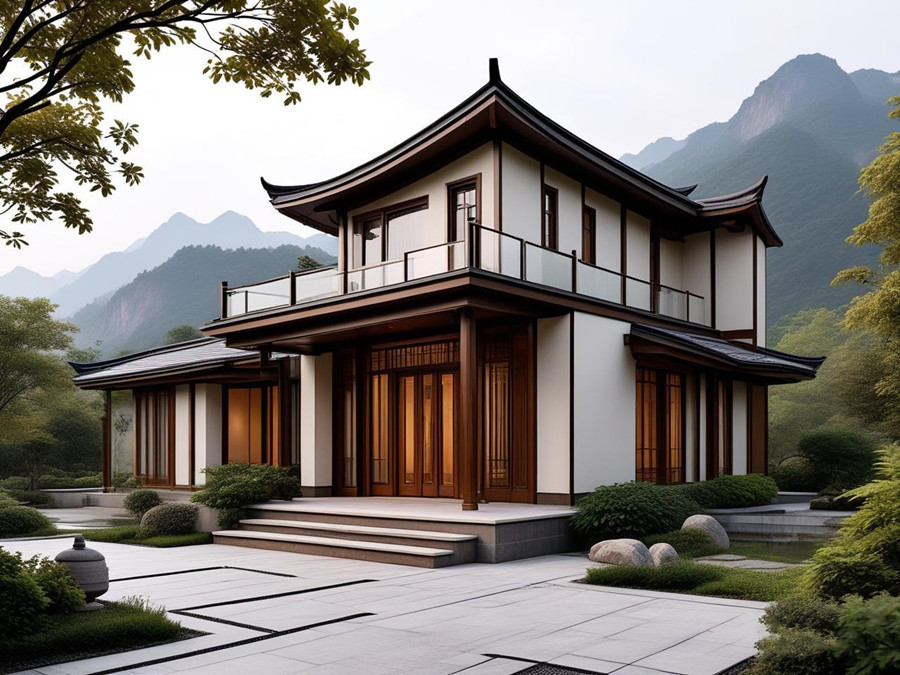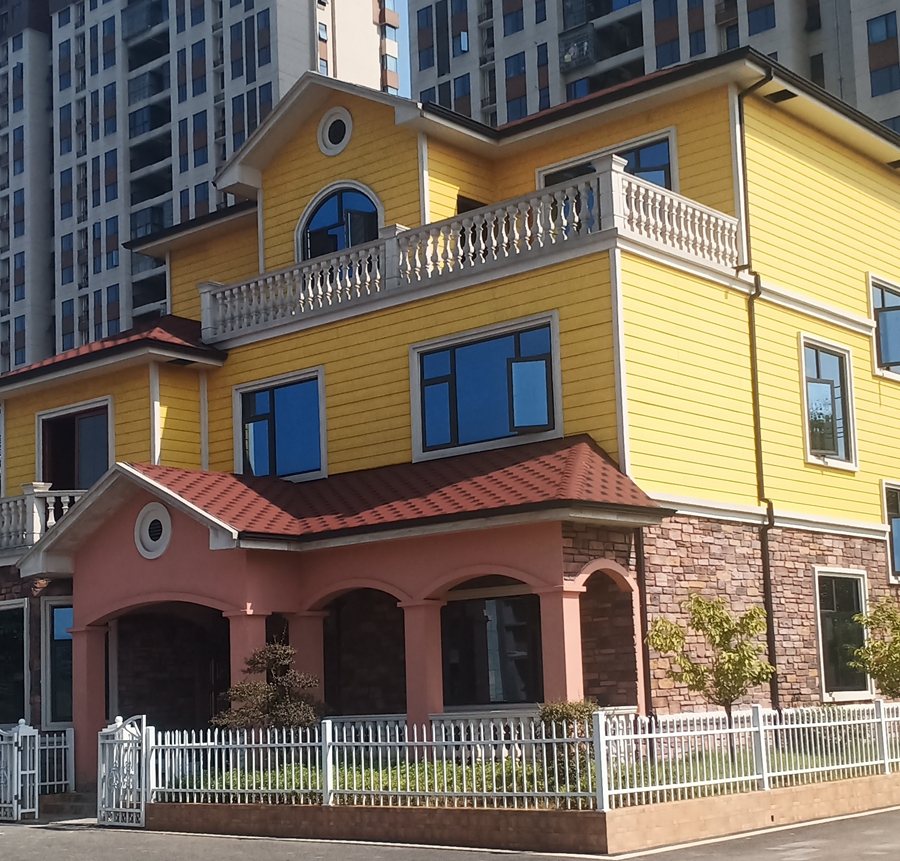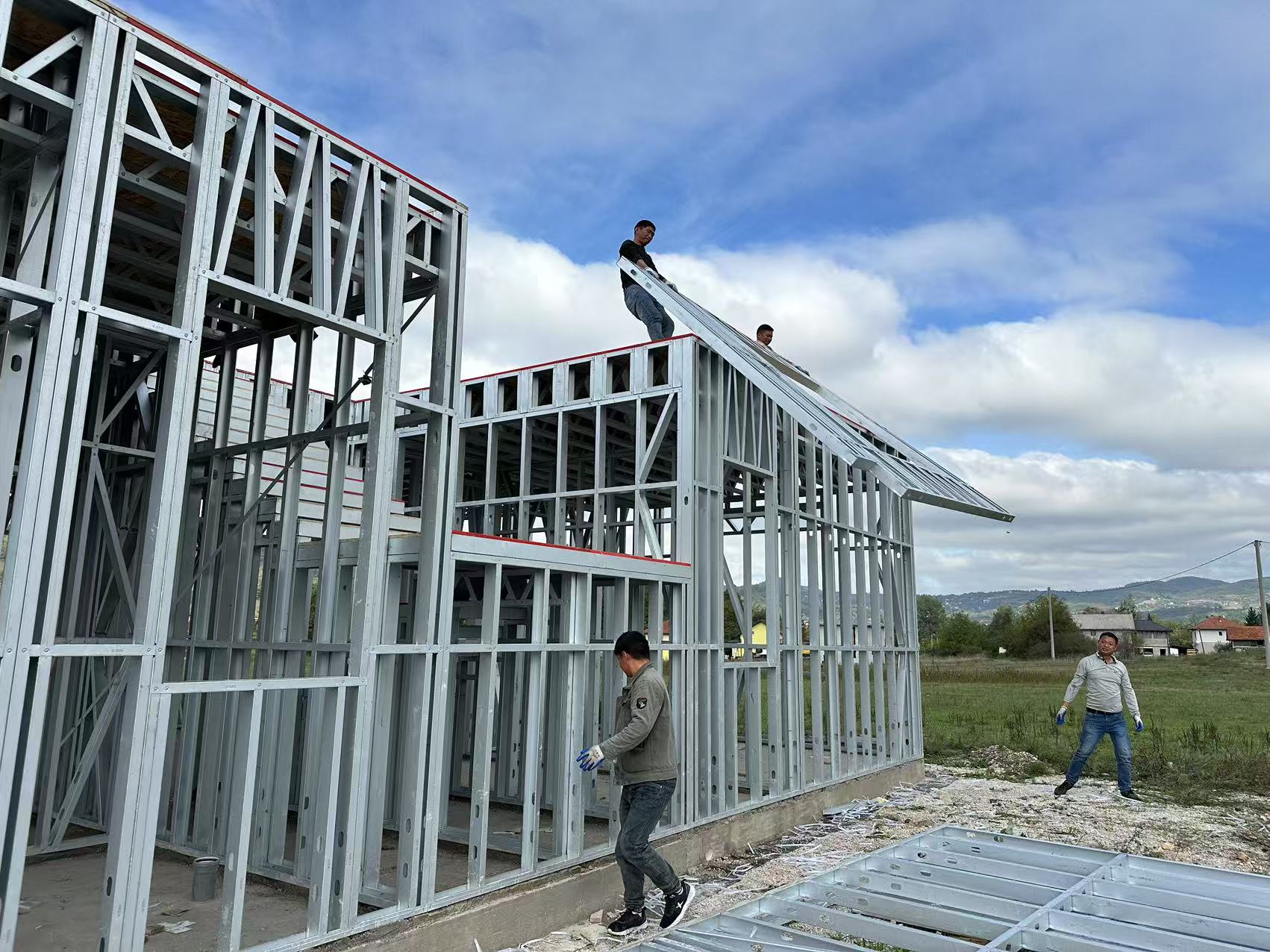Steel structure villas have gained increasing popularity due to their numerous advantages, such as high strength, light weight, and short construction periods. However, to ensure their long - term safety, durability, and aesthetic appeal, proper maintenance is essential. Here are some key aspects of maintaining a steel structure villa.

I. Regular Inspections
A. Structural Components
Regularly inspect the main steel components, including columns, beams, and trusses. Look for signs of deformation, such as bending or twisting, which may indicate over - loading or structural damage. Check for any cracks, especially at welds and connections. These areas are under high stress and are more prone to cracking. Use non - destructive testing methods, like ultrasonic testing, if necessary, to detect internal defects.
B. Corrosion
Steel is susceptible to corrosion, especially in humid or corrosive environments. Inspect the steel surfaces for rust spots, flaking paint, or discoloration. Pay special attention to areas that are in contact with water, such as near gutters, downspouts, and the foundation. Early detection of corrosion allows for timely treatment and prevents further deterioration.
C. Foundation
The foundation of the villa is crucial for its stability. Check for any signs of settlement, cracking, or tilting. Uneven settlement can cause stress on the steel structure and lead to structural problems. After heavy rain, floods, or earthquakes, it is especially important to conduct a thorough inspection of the foundation.

II. Corrosion Protection
A. Coating Maintenance
Most steel structure villas are protected by anti - corrosion coatings. Regularly check the integrity of these coatings. If the coating is damaged, such as peeling or chipping, it should be repaired promptly. First, clean the damaged area to remove rust and loose paint. Then, apply a new layer of anti - corrosion paint according to the manufacturer's instructions.
B. Galvanization
Galvanized steel has a zinc coating that provides an additional layer of protection against corrosion. Inspect the galvanized surfaces for signs of wear or damage. In case of minor damage, touch - up with zinc - rich paint can be done. For more severe damage, professional repair or replacement of the affected parts may be required.
C. Environmental Control
Keep the environment around the villa dry and well - ventilated. Ensure that gutters and downspouts are clear of debris to prevent water from pooling around the structure. In areas with high humidity or salt - air, consider using dehumidifiers or installing additional ventilation systems to reduce the risk of corrosion.

III. Connection and Fastener Maintenance
A. Bolts and Nuts
Check the tightness of bolts and nuts regularly. Over time, vibrations and temperature changes can cause them to loosen. Use a torque wrench to ensure that they are tightened to the specified torque values. Replace any damaged or corroded bolts and nuts immediately.
B. Welds
Inspect welds for signs of cracking, porosity, or lack of fusion. Welds are critical for the structural integrity of the villa. If any issues are found, have a qualified welder repair the welds. Non - destructive testing may be required to ensure the quality of the repaired welds.
IV. Roof and Wall Maintenance
A. Roof
Inspect the roof for leaks, damage to roofing materials, and proper drainage. Remove any debris, such as leaves and branches, from the roof surface to prevent water from pooling. Check the seals around skylights, vents, and chimneys. If there are any leaks, repair them promptly to prevent water from seeping into the structure and causing damage to the steel components.
B. Walls
Check the exterior walls for damage, such as dents, scratches, or cracks. Repair any damaged areas and repaint if necessary. Ensure that the insulation behind the walls is in good condition, as proper insulation helps maintain the energy efficiency of the villa and protects the steel structure from temperature - related stress.

V. Interior Maintenance
A. Electrical and Plumbing Systems
Inspect the electrical and plumbing systems regularly. Check for any signs of leaks, short circuits, or overheating. Ensure that all electrical connections are secure and that the plumbing pipes are properly insulated to prevent freezing in cold weather.
B. Flooring and Finishes
Maintain the interior flooring and finishes. Clean them regularly to prevent dirt and moisture from accumulating. Repair any damaged flooring or finishes to maintain the aesthetic and functional quality of the villa.
In conclusion, maintaining a steel structure villa requires a comprehensive and regular approach. By following these maintenance guidelines, you can ensure the long - term performance and safety of your steel structure villa, and enjoy its many benefits for years to come.